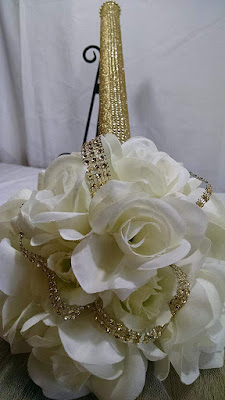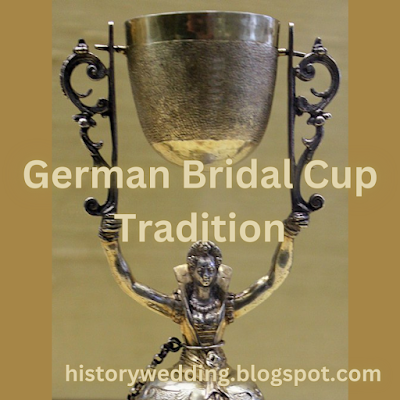Every bride and groom wants their wedding day to be special
and memorable. And many want it to stand out from the rest by doing something
different or unique. But it gets harder and harder to find the new and different
because word spreads fast. For instance, I remember the first time I had carrot
wedding cake. What a delicious difference. That might have been twenty years
ago. Now it is common place to have wedding cakes comprised of different
flavors for each layer, or even wedding cupcakes. So the traditional wedding
cake is gradually becoming an obsolete tradition.
Some wedding traditions have become so entrenched in culture
that many times people look at them as rules to be followed. What you do with that will depend on
whether you are one who abides by the rules or someone who believes rules are
made to be broken. With that said, this post takes a look at the most-practiced wedding
traditions today.
Father giving the bride away
According to a recent Harris Poll most people still think the father of the bride should give
the bride away. However, people aren't so sure about sticking him with the bill
for the wedding anymore.
Night before the wedding spent apart
The UK's four-star Hallmark Hotels also polled people in the
UK regarding wedding traditions and 54 percent of them believe couples should
spend the night before the wedding apart. In the U.S. we are even more
traditional with 74 percent of us following this tradition.
Something old, new, borrowed, and blue
This tradition of the bride wearing something old, something new, something borrowed and something blue is a tradition that originates from
an Old English rhyme but is still widely practiced today.
Adding these items to
what the bride wears is among wedding
traditions thought to bring good luck, but each item has its own meaning.
The old represents continuity, the new signifies optimism, the borrowed item stands for happiness, and
the blue symbolizes love, purity, and
fidelity.
Throwing the Bouquet
Throwing the bridal bouquet is another popular tradition which
stems from a time when other women tried to rip pieces of the bride's dress and
flowers to steal some of her good luck for themselves. Back then, the bride
tossed her flowers into the air in order to make her get away while the guests
were distracted. Today, the belief tied to this practice has morphed into
whoever catches it will be the next to be married.
In my next blog we'll take a look at new practices that are
quickly becoming traditions in their own rite.
* * *
Related article: Wedding Traditions Origins: Newer Wedding Trends and Traditions























